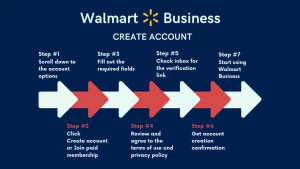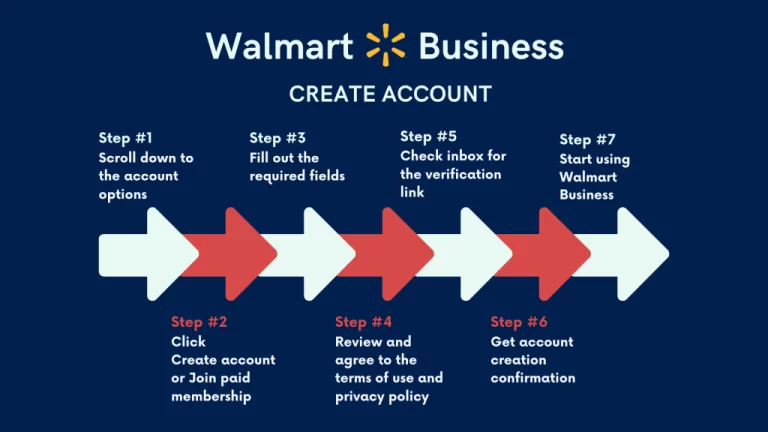Content Marketing vs Social Media Marketing: Understanding the Key Differences
Businesses have a wide range of tools and approaches at their disposal in today’s digital world in order to connect with and interact with their target audience. Social media marketing and content marketing are two of the most popular strategies. Although they may appear to be similar in certain ways, they are different strategies with their own advantages and uses.

Introduction
A thorough digital marketing strategy must include both content marketing and social media marketing. The implementation, goals, and advantages of each, however, are fundamentally different. To assist you in making wise choices for your marketing efforts, let’s examine the differences between each of these marketing tactics.
Content Marketing
The main goal of content marketing is to draw in and keep a dedicated target audience by producing and delivering valuable, pertinent, and consistent information. The main objective is to give your audience something of value, earn their confidence, and position your business as an authority in your field. The main components of content marketing are as follows:
1. High-Quality Content Creation
High-quality content must be produced, including blog entries, articles, videos, infographics, and other types of media. This information is intended to inform, amuse, or help your audience with an issue. Since the advantages build up over time, it frequently requires a longer-term strategy.
The foundation of content marketing is top-notch content. This includes thoroughly researched articles, educational blog posts, entertaining films, podcasts, and infographics with appealing visuals. Your target audience should receive value from your content through having their questions answered, their issues resolved, or by being amused.
2. SEO Optimization
In content marketing, search engine optimization (SEO) is essential. Your website’s ranking in search engine results can be improved with well-optimized content, boosting your online presence and organic traffic. You may receive free traffic from search engines like Google by concentrating on a small number of targeted keywords and making sure your content is pertinent and well-structured.
Important elements of SEO in content marketing include on-page optimization, meta descriptions, and keywords. By using a good SEO strategy, you can make sure that individuals looking for information or products in your niche can find your material.
3. Building Authority
The goal of content marketing is to establish your brand as a leader in your industry or particular specialty. Your audience starts to trust your knowledge when you constantly deliver worthwhile and educational material, which increases credibility and brand loyalty.
It takes time to establish authority through content marketing. As long as you keep producing informative content, your audience will regard your brand as a reliable information source. This trust frequently results in customer advocacy and loyalty.
4. Nurturing Customer Relationships
Beyond attracting new clients, content marketing has other goals. It also emphasizes maintaining current client ties. You can keep your customers interested and satisfied by sending them email newsletters, special material, and tailored recommendations.
Social Media Marketing
The goal of social media marketing, on the other hand, is to use these channels to interact and connect with your target market. When compared to content marketing, it is faster and more interactive. The following are the essential elements of social media marketing:
1. Social Media Platforms
Creating and publishing information on well-known social media sites like Facebook, Twitter, Instagram, LinkedIn, and others is known as social media marketing. Text, pictures, video, and live streaming can all be included in the content. You can select the formats that are most appropriate for your audience on these platforms, which offer a variety of ways for you to share your message.
2. Audience Engagement
Real-time interaction with your audience is the main goal of social media marketing. This may entail answering comments, taking part in debates, conducting surveys, and sharing popular content. Social media is a two-way street where you can communicate with your audience directly and create a brand-centered community.
3. Paid Advertising
Social networking sites provide effective advertising solutions that can target particular populations. Reaching a larger audience rapidly can be accomplished with this sponsored advertising quite effectively. Your content will be seen by the proper individuals if you establish customized advertising campaigns based on factors like age, geography, interests, and behaviors.
Paid social media advertising is a useful strategy for broadening your audience and raising brand recognition. It’s a technique to increase the reach of your organic social media activities and connect with more people than just your followers can.
4. Real-Time Analytics
Real-time statistics are offered by social media marketing, enabling you to monitor the effectiveness of your content and advertising efforts. Metrics like engagement, reach, click-through rates, and conversions might help you learn more. You can use this information to inform your judgments and change your tactics for better outcomes.
Conclusion
As a result, you should use social media marketing and content marketing separately in your entire digital marketing campaigns. While social media marketing is more about in-the-moment audience engagement and paid advertising on social platforms, content marketing focuses on developing and sharing good material to gradually establish authority and trust.
The most effective tactic will depend on your particular objectives and target audience, while both tactics offer advantages. The best results are frequently obtained by combining content marketing and social media marketing, which results in a comprehensive digital marketing plan that makes the most of the advantages of each technique.
Keep in mind that a thorough understanding of your audience and their preferences is essential to the success of your marketing initiatives. To guarantee you are utilizing these potent marketing techniques to their fullest, you must constantly evaluate and adjust your plans.












+ There are no comments
Add yours